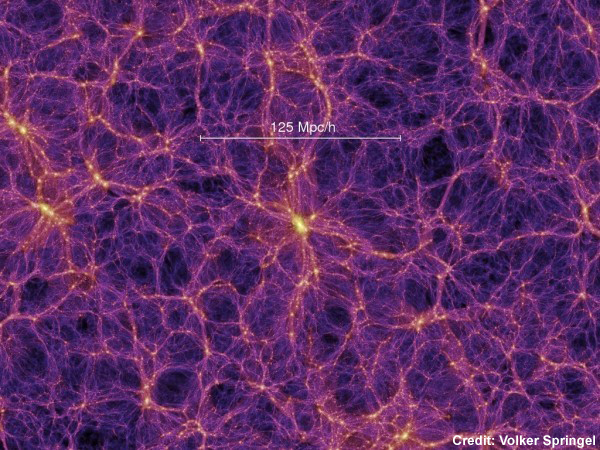We’re going to have a look at galaxies; cosmic islands containing billions of stars, gas and dust. We’ll learn about our milky way, other galaxies, and how they form the larger structure of the Universe.
A galaxy is a huge collection of stars, up to trillions in fact, alongside interstellar gas and dust. Galaxies are so huge we can’t use kilometres to measure them, instead we use light years. Light travels at about 300,000,000 meters per second, and in a year it travels a whopping 9.5 trillion kilometres, or 5.9 trillion miles. We call that a light year, our unit of measurement in space. Our milky way contains 200 – 400 billion stars, and it’s about 100 000 light years wide. Galaxies come in many shapes and sizes and are held together by gravity. Whilst every galaxy is unique, there are four main categories.
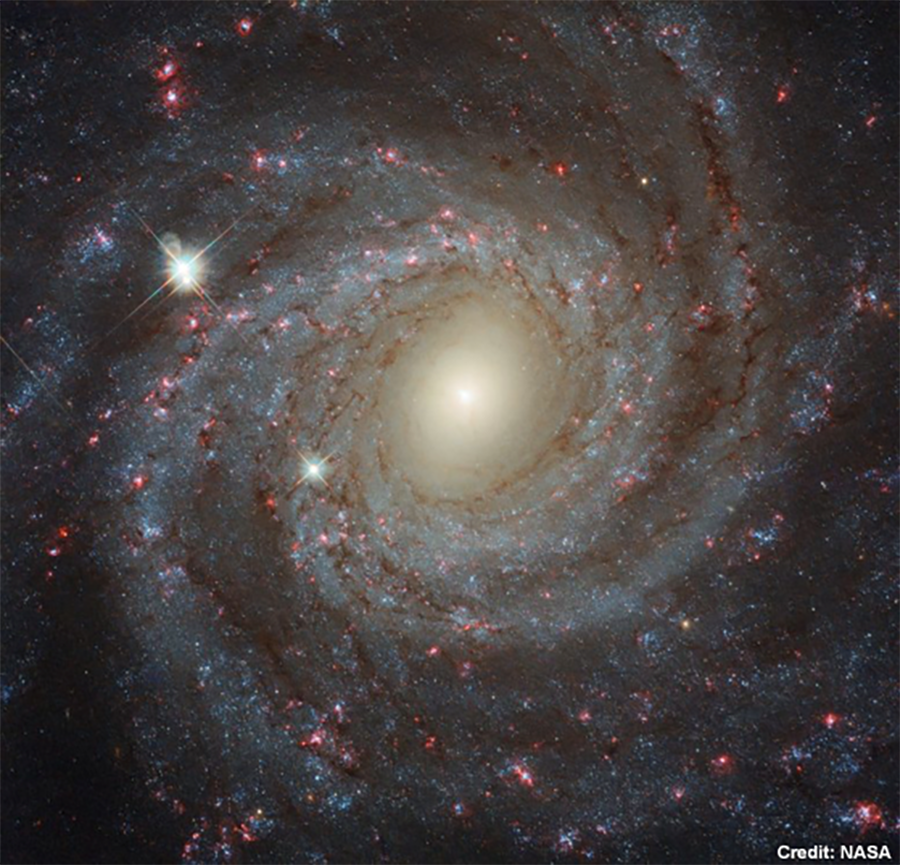
Spiral galaxies are flat disc structures with lots of new stars being born in the spiral arms. This happens when clouds of gas collapse under gravity. They also have a central bulge; a spherical nucleus with little gas and dust containing older, redder stars. The galactic halo is a giant spherical region outside the disc containing ancient stars, huge globular star clusters and even dwarf galaxies orbiting the spiral. About 77% of all known galaxies are spirals.
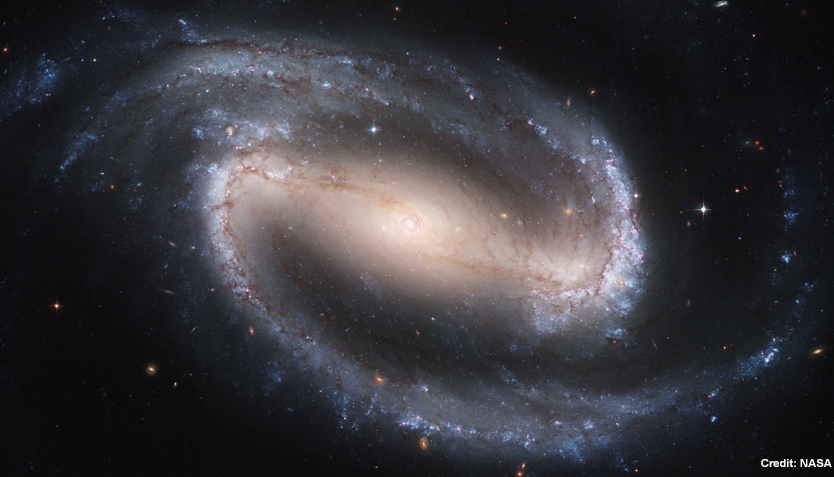
Barred spiral galaxies like our Milky Way have a central bar extending out in opposing directions from the centre. Spirals can evolve in and out of the barred stage over billions of year
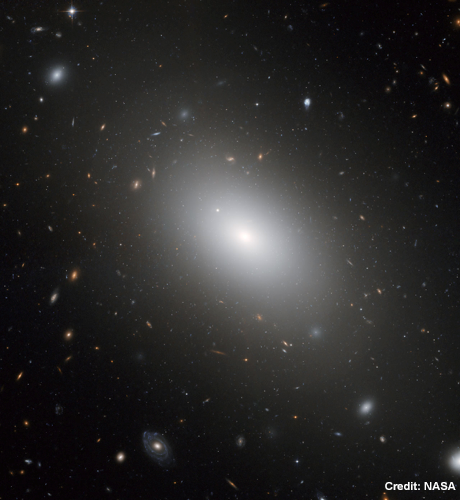
Elliptical galaxies are the largest. They contain trillions of ancient stars and very little gas or dust. They have no nucleus or bulge in the middle, no spiral arms and so very little new star formation. They can be spherical or long and cigar shaped. These giants are often the result of colliding spirals.
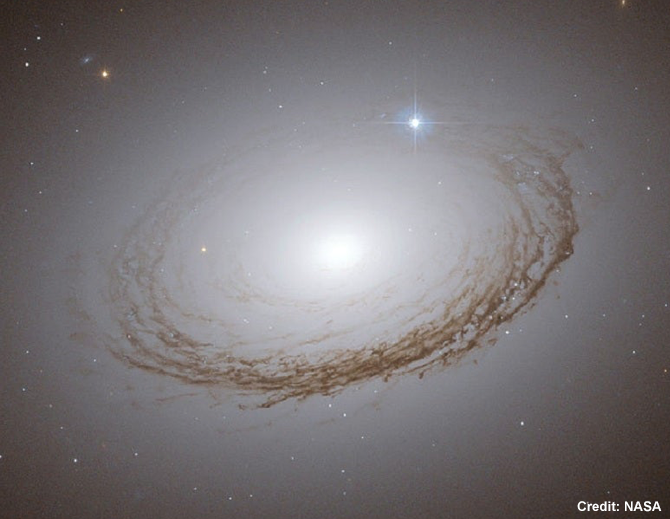
Some of the most beautiful galaxies are lenticular. There’s no fine line that separates different types of galaxy. Lenticulars are classified in between Elliptical and Spirals. They often have a spherical halo of ancient stars just like Elliptical galaxies, but can also feature a disc of gas and dust similar to a spiral galaxy without arms and very little star formation.

Irregular galaxies are random and often chaotic in nature, but they still contain stars and gas like others we have covered. They have no real structure and are often satellite galaxies orbiting larger ones like our Milky Way. Galaxies are very far apart; at 2.5 million light years Andromeda, or M31, is our closest neighbour. It’s about 220, 000 light years wide and contains about 1 trillion stars. In the picture below you can also see a smudge at the bottom – M110 is an irregular galaxy orbiting M31.
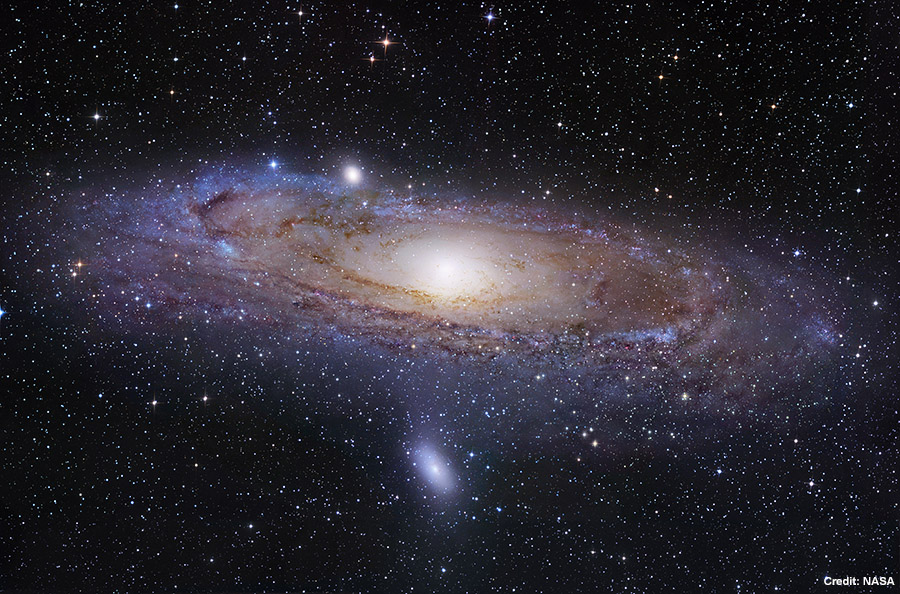
The Milky Way and Andromeda are so massive they are attracting each other. In about 4.5 billion years they will collide and merge to form a giant elliptical. Below we can see two galaxies in a similar collision. Notice the tidal arms connecting the galaxies as they pass through each other.

Looking farther out, we see galaxies arranged in giant clusters. Let’s start quite local and work our way out. The local group contains the Milky Way, Andromeda, Triangulum alongside about 50 others, many of which are irregular dwarf galaxies orbiting larger ones. This group is about 10 million light years across.
Our local group is surrounded by over 100 other groups which together make up the Virgo cluster; a 110 million light year wide collection of up to 2000 galaxies.
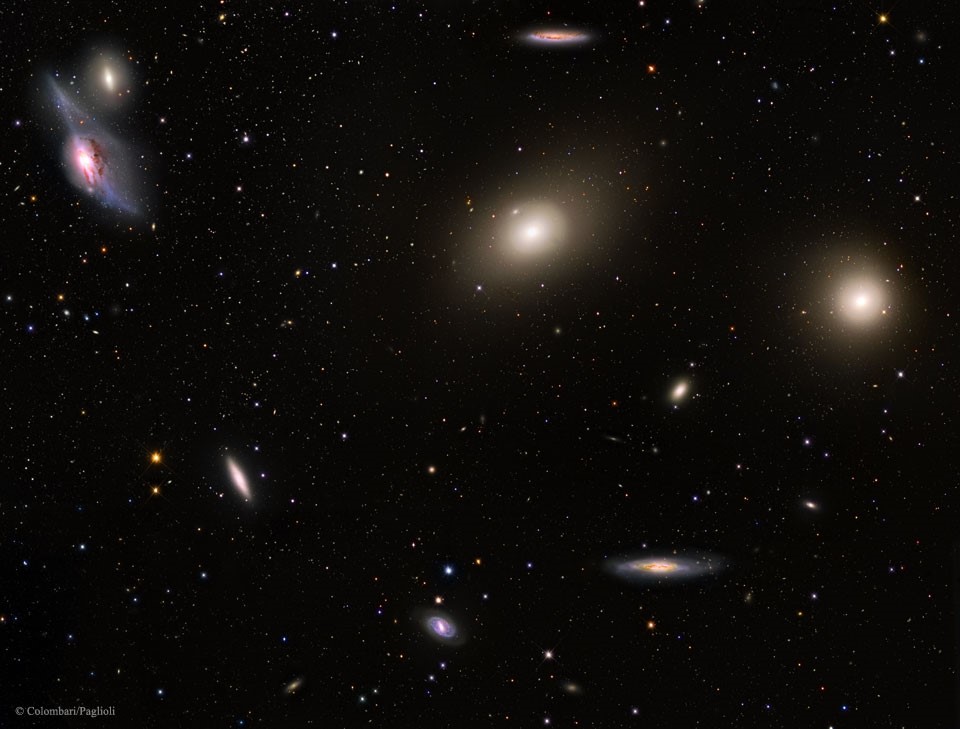
In turn the Virgo cluster is part of a larger Supercluster containing 100 000 galaxies called Laniakea. This 520 million light year wide cluster was mapped using the position and speed of galaxies inside the cluster.

It’s just one of millions of super clusters in our observable Universe. Together these super clusters form something often called the cosmic web. Clusters form web like filaments through our Universe, with galaxies clinging to these filaments like pearls on a necklace. Notice how galaxies clump together, with vast intergalactic voids in between. Hundreds of billions of galaxies form the observable Universe, each containing billions to trillions of stars.
